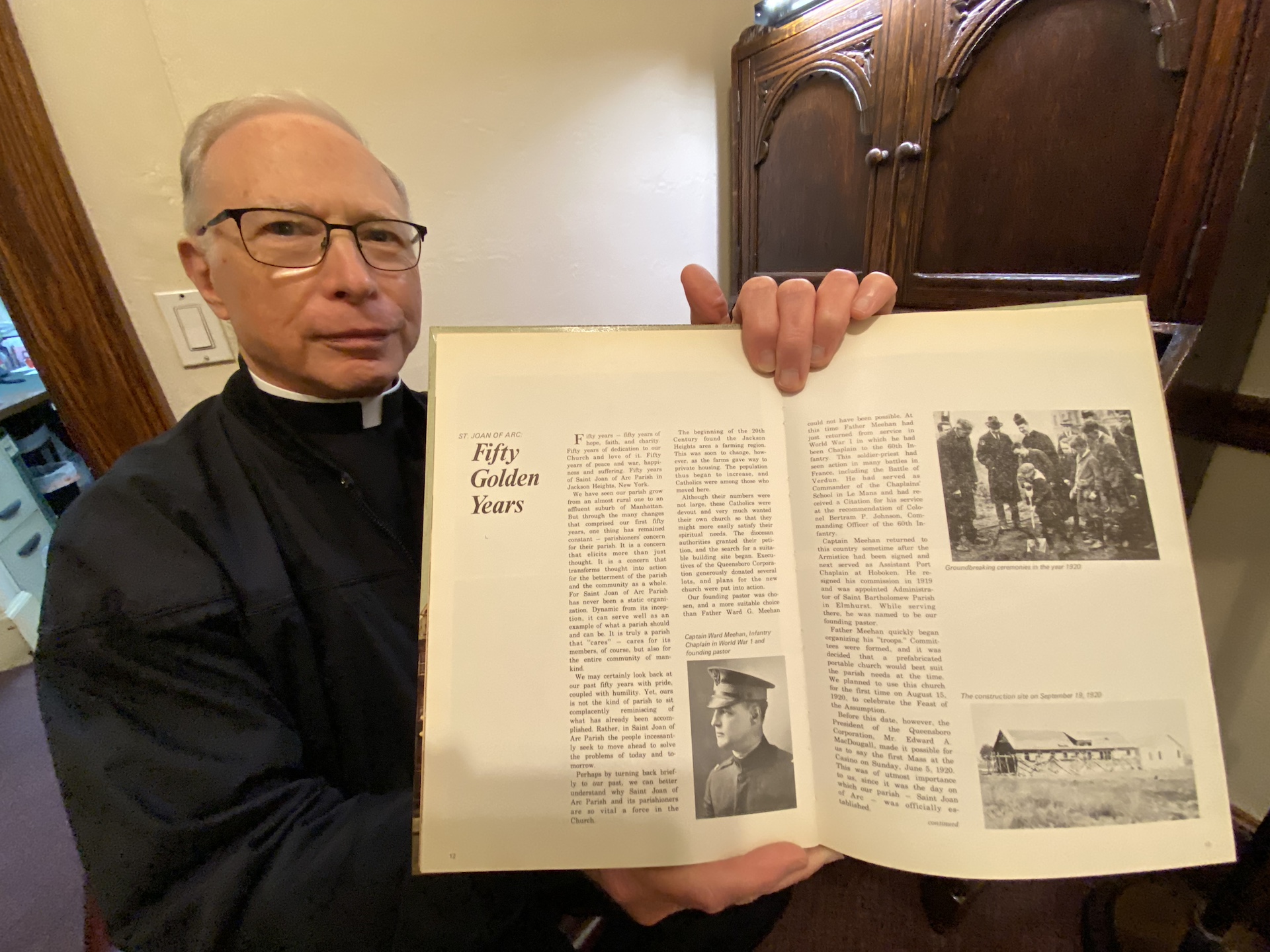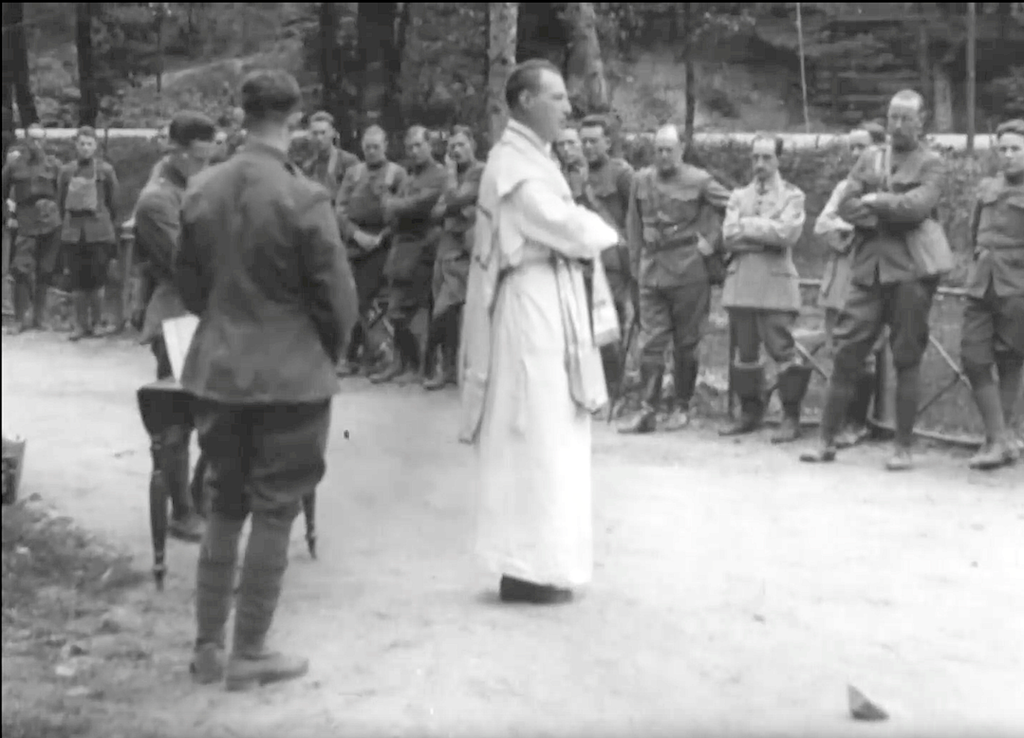
JACKSON HEIGHTS — Throughout World War I, Catholics in the French village of Ban-de-Laveline in the mountainous Voges region of the far northeast had no pastor.

Trench lines formed between the villages, with the French holding the west and the Germans on the east.
Artillery duels ensued, launching high-explosive rounds and poisonous gas shells.
Catholics in the crossfire at Ban-de-Laveline lost property and lives. They struggled through the calamity, but without their priest.
Still, they took courage from their statue of a 14th century national hero — Blessed Joan of Arc, who was not yet canonized. She was born in 1412 some 90 miles farther west at Domrémy.
Shrapnel nicked and chipped the statue in the churchyard, but it never crumbled or fell.
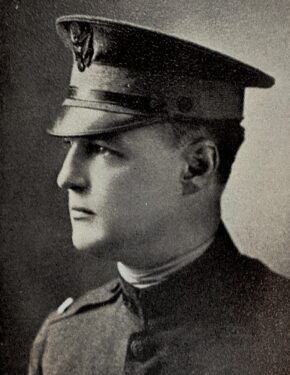
Enter Lt. Father Meehan
Father Ward Meehan was 32 and a graduate student in Washington, D.C., when the U.S. entered the war on April 6, 1917.
The Brooklyn-born priest was studying sacred theology at the Catholic University of America, but he put that aside to become a chaplain for the Army’s 60th Infantry Regiment.
This unit was part of the 5th Infantry Division, nicknamed the “Red Diamond Division” for its distinctive diamond-shaped insignia. It arrived in France on May 1, 1918; a month later, its troops entered combat in the Voges area.
You’ll find a single listing of him on page 374 of “The 5th U.S. Division in the World War, 1917-1919.”
Elsewhere in the book, the author describes how chaplains ignored danger, “constantly passing in and out of the front lines, encouraging the hard-beset doughboys, aiding the sufferers, and supervising the removal and burial of the dead.”
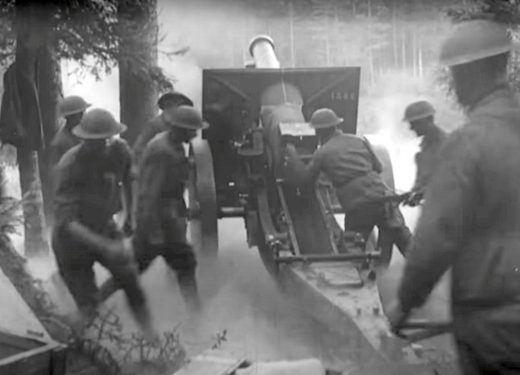
Hallowed Graves

“It was like hundreds of villages at the front, shattered and devastated,” he recalled. “I said Mass in the church and administered first holy Communion to 22 children.”
The celebration included a procession through the village and paid respects at the “hallowed” graves of his troops.
Father Meehan noticed the chipped statue of the blessed Joan of Arc and marveled at how it still stood, despite the carnage.
Back to the Front
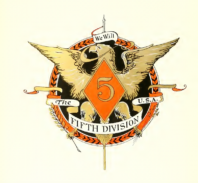
“He was deeply grateful for our interest in his parishioners,” Father Meehan told The New York Times. “When I expressed admiration for this statue of Joan of Arc, he said that I should have it.”
But the chaplain did not accept the gift — not at first — as the 5th Division deployed northwest to the battle of Saint Mihiel, Sept. 12-15.
Then, on Nov. 5, Father Meehan’s regiment charged across a makeshift pontoon bridge over the Meuse River to capture fortified German positions. It was a major contribution to the Meuse-Argonne Offensive, the allies’ last major campaign of the war.
The Armistice finally stopped the fighting on Nov. 11, 1918. By that time the Red Diamond Division had lost 1,098 men.
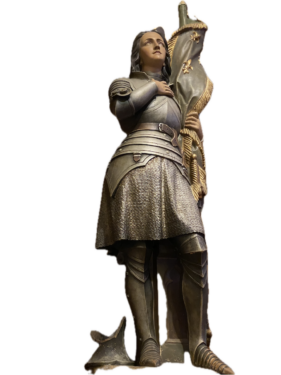
A Gift Received
Father Meehan left the Army as a captain in October 1919. Bishop Charles McDonnell was glad to get him back, and sent him to build a new parish in Jackson Heights.
Meanwhile, the “Maid of Orleans” finally became a saint on May 16, 1920.
“On the very day that Joan of Arc was canonized,” he told The New York Times, “I received a letter from the bishop informing me that the name of my parish was St. Joan of Arc.”
The new pastor decided to finally accept the gifted statue from his friends in Ban-de-Laveline.
“And,” he told the Times’ reporter, “here it is.”
First U.S. Shrine
This parish is known as the first shrine church in the U.S. for St. Joan of Arc.
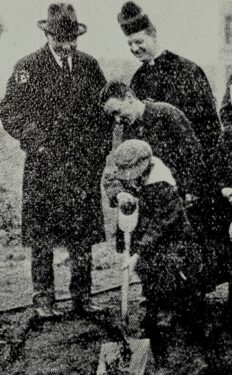
Father Meehan spent the rest of his career building the parish, including its school. One of the fundraisers highlighted an appearance by baseball great George Herman “Babe” Ruth.
The history of St. Joan School noted Father Meehan’s “illness caused by gas poisoning during World War I.” He passed away in 1949 at age 65 after a long illness, according to his obituary in The Tablet.
Msgr. William Hoppe became pastor in 2019. In a recent interview, he paused to consider the founding pastor’s experience dodging bullets and shrapnel to aid dying soldiers, and still finding time to help French war refugees.
He explained that a priest, at ordination, receives a mark on his soul that conforms him to Christ. Thus, Father Meehan became “infused” with an ability to show God’s love to suffering people.
“His vocation was very deep,” Msgr. Hoppe said. “It’s not just something a priest does; it’s something he is.”
